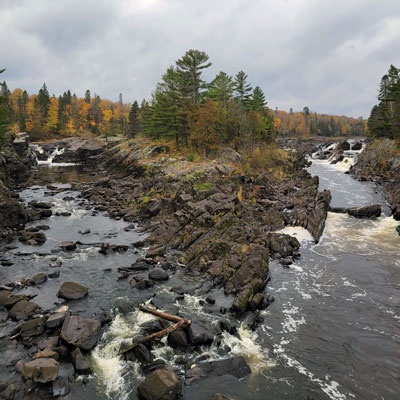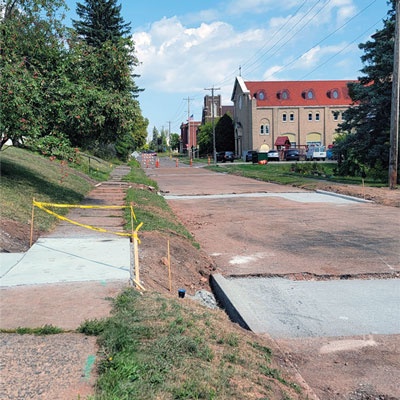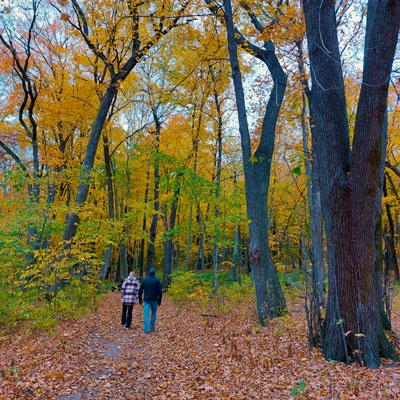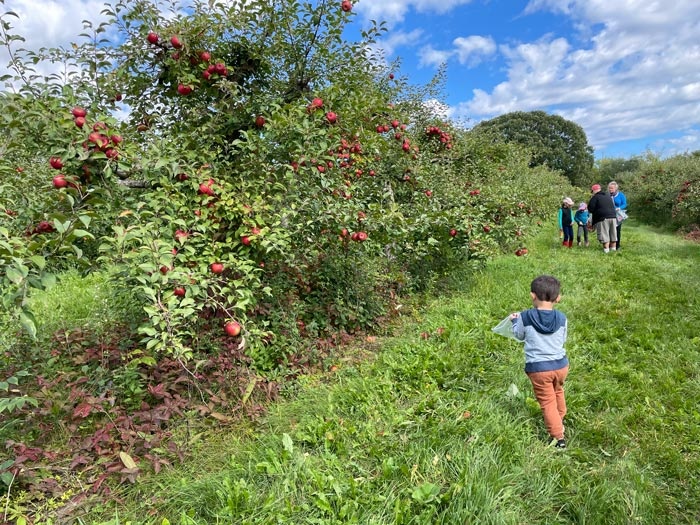Supporting Minnesota Communities
From the Executive Director
In 2008, I traveled the state talking to people about the Clean Water, Land, & Legacy Amendment that was on the ballot that fall. I saw so many ways that local communities were doing the real work of protecting our Great Outdoors and their focus on maintaining vitality for the next generation.
Unfortunately, over a decade of legislative gridlock has negatively impacted our local communities’ ability to do important work and has left them without the resources to protect our health and well-being. During this year’s legislative session that changed—we saw many examples of Minnesota once again recognizing the critical role of communities and taking big steps to revive our support for them.
The legislature and governor also recognized that some communities have not only received less support but have borne the brunt of air and water pollution that impacts the health of children and families. The state took important steps to reverse this pattern and make sure that a person’s income, race, or zip code does not determine their access to clean air, clean water, and opportunities to enjoy all the Great Outdoors have to offer.
We should support and celebrate the work local communities do to protect the people and places we love. This newsletter touches on just a few of the ways state leaders’ work this year reflects our shared values of conservation and community—values that you’ve made sure they know are important to all Minnesotans.
—Paul Austin
The Tools to Thrive
The historic investments made by the governor and elected officials this year are supporting every corner of our state. Here are some of the ways their commitment to enhancing infrastructure, protecting the health of all Minnesotans, and broadening recreational opportunities are encouraging community stewardship and ensuring future vitality.

Lake Superior.
Renewing Local Infrastructure
Many communities need state assistance to fund delayed infrastructure projects. Some facilities have fallen out of repair while waiting, often resulting in unsafe conditions or missed opportunities to reduce environmental pollution and save money.
Municipalities can now apply for grants to prepare for increasing extreme weather events. Funding can be used to determine areas of need, improve storm water and wastewater systems, or improve community resiliency in a changing climate. “Green infrastructure” projects, such as rain gardens, can prevent damage to homes and local businesses.
The Legislature appropriated over $500 million in water infrastructure investments to help cities replace aging wastewater and drinking water infrastructure, allowing them to meet water quality standards and ensure clean drinking water for thousands of Minnesotans. In Duluth, the Western Lake Superior Sanitary District will be able to make critical repairs prevent pollution from reaching Lake Superior and the St. Louis River and protect public health. Water infrastructure projects will be completed in 46 cities, including Grand Rapids, Cloquet, Albert Lea, and Baudette.

that is replacing lead pipe service lines.
Addressing Public Health
Legislators have affirmed the community’s role in protecting our clean air and water by reassessing how the state measures pollution impacts and removing financial barriers Minnesotans face
in accessing clean drinking water.
Past permitting, land use, and zoning decisions have left some communities to disproportionately suffer from poor health outcomes due to increased air and water pollution. When permits are granted in isolation, they may overlook the collective contamination of our air and water. The Minnesota Pollution Control Agency (MPCA) has initiated an innovative rulemaking process to address historical disparities through cumulative impact assessments.
Initial investments to find and replace lead drinking water pipes will help communities deliver safe, clean drinking water. In Pipestone, an estimated 225 to 300 lead service lines are still in use and will cost about $3,000 each to replace. These pipes expose residents to toxic levels of lead, leading to an increased risk of brain and kidney damage and long-term developmental challenges in children. For most families in Pipestone and across the state, paying out of pocket to replace a lead service line is not an option. The $240 million in funding and the goal to replace all lead lines by 2033 will eliminate financial burdens while creating 2,400 good-paying union jobs.

Protecting Our Great Outdoors
Communities across the state rely on our thriving $10 billion outdoor recreation economy. An important piece of that funding has historically come from the Environment & Natural Resources Trust Fund (ENRTF). For over 30 years, the ENRTF has invested over $900 million in local projects that improve our trails, parks, rivers, and lakes. The Lottery renewal will give voters in the 2024 election the opportunity to ensure a portion of Minnesota State Lottery proceeds continues to fund the ENRTF.
The renewal would also create a new community grants program that is targeted toward smaller communities and organizations who in the past have faced higher barriers to accessing ENRTF funding. The program could allow groups like the Niibi Center on the White Earth Nation to extend their education program to preserve traditional Indigenous natural resource knowledge or investments in community-based organizations working on cutting-edge agriculture projects like carbon sequestration on croplands.

